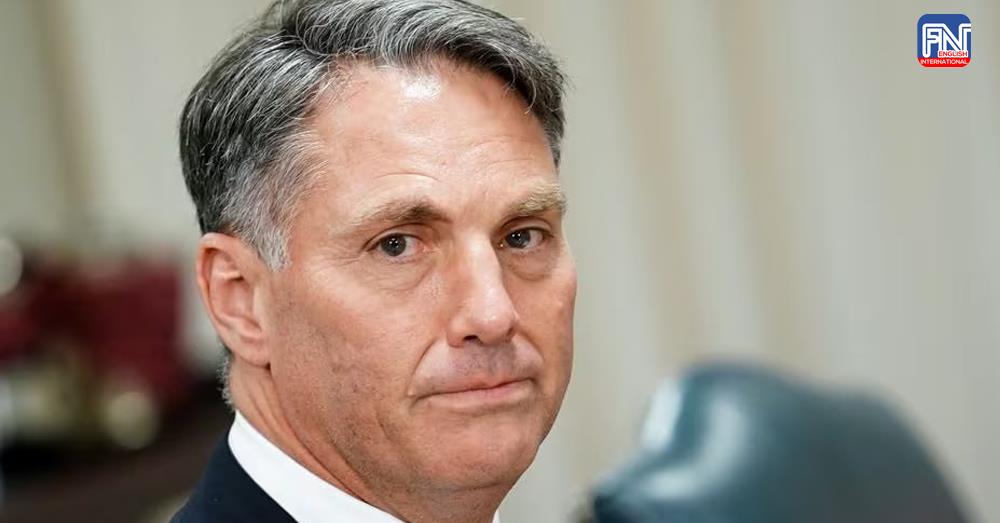SYDNEY, Feb 20 (Reuters) - Australia said on Tuesday it would boost its defence spending by an additional A$11.1 billion ($7.25 billion) over the next decade to procure six 'optionally crewed' warships and 11 new frigates, as it aims to double its fleet of combat-ready ships.
Australia has been looking to build its defence capabilities amid concerns about rising global geopolitical tensions and China's growing influence among some Pacific island nations.
Defence Minister Richard Marles said the government's plan would eventually increase the navy's surface combatant fleet to 26 from 11, the largest since the end of the Second World War.
"What is critically important to understand is that as we look forward, with an uncertain world in terms of great power contest, we'll have a dramatically different capability in the mid-2030s to what we have now," Marles told reporters.
"That is what we are planning for and that is what we are building."
The government's defence strategic review out last year said intense competition between the U.S. and China was defining the Pacific region, and that the major power competition had "potential for conflict".
Marles said the Large Optionally-Crewed Surface Vessels (LSOV), which can be operated remotely and being developed by the United States, will significantly boost the navy’s long-range strike capacity.
The vessels could be inducted by the mid-2030s, although Australia has plans to put crews in those vessels.
Australia will also take steps to accelerate the procurement of 11 general-purpose frigates to replace the ageing ANZAC-class ships, with the first three to be built overseas and expected to enter service before 2030.
The latest funding would bring the total cost for the future surface fleet to A$54 billion, with the government estimating its defence spending to rise to 2.4% of GDP by the early 2030s from current expectations of 2.1%, Marles said.
"This decision we are making right now sees a significant increase in defence spending ... and it is needed, given the complexity of the strategic circumstances that our country faces," Marles said.
($1 = 1.5314 Australian dollars)
